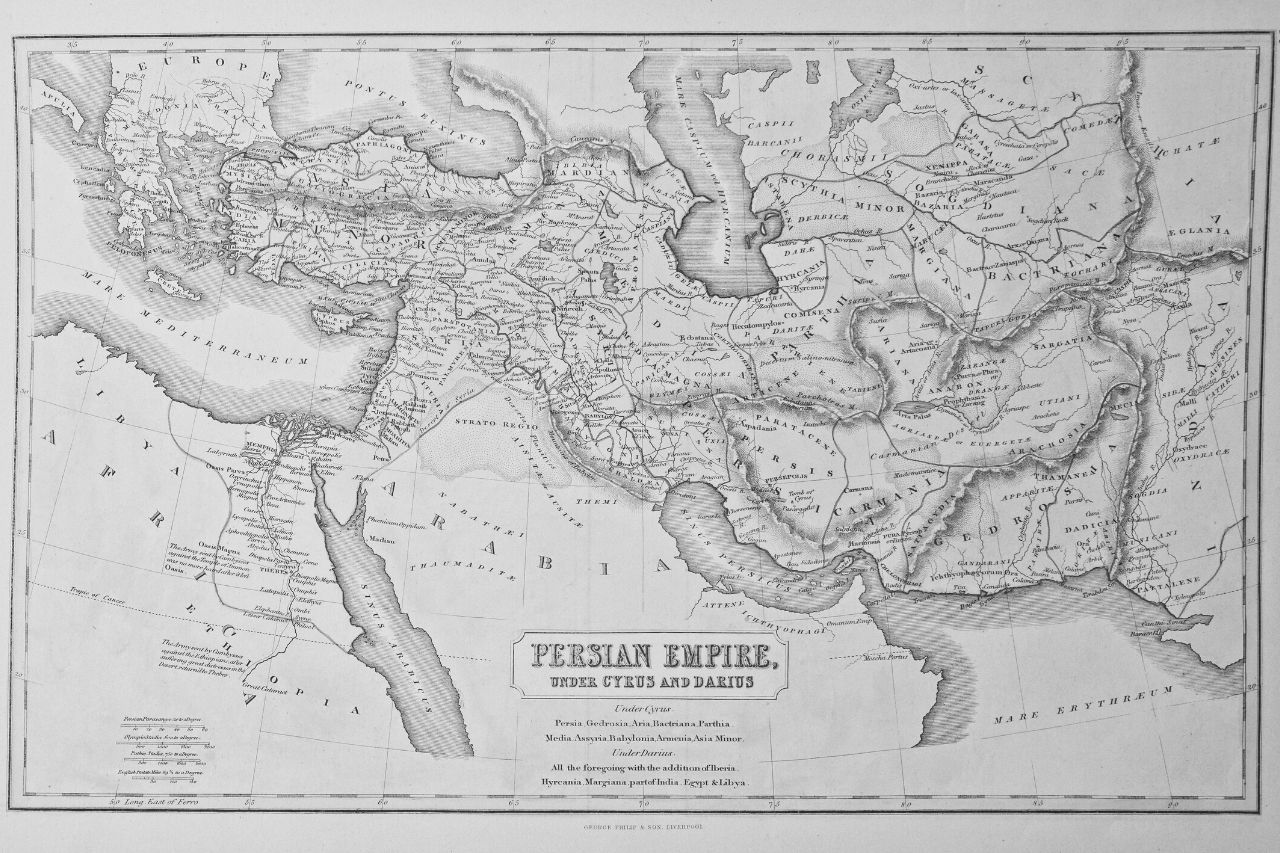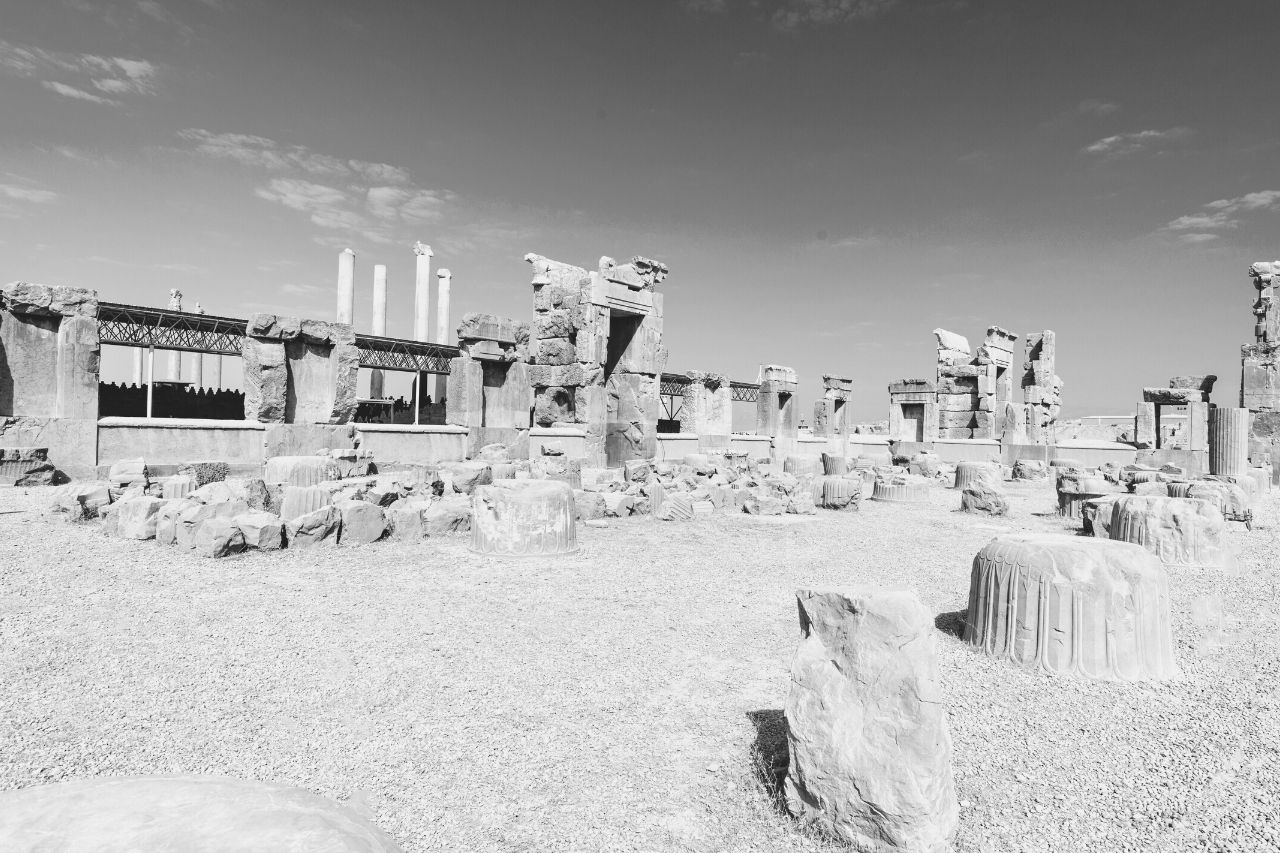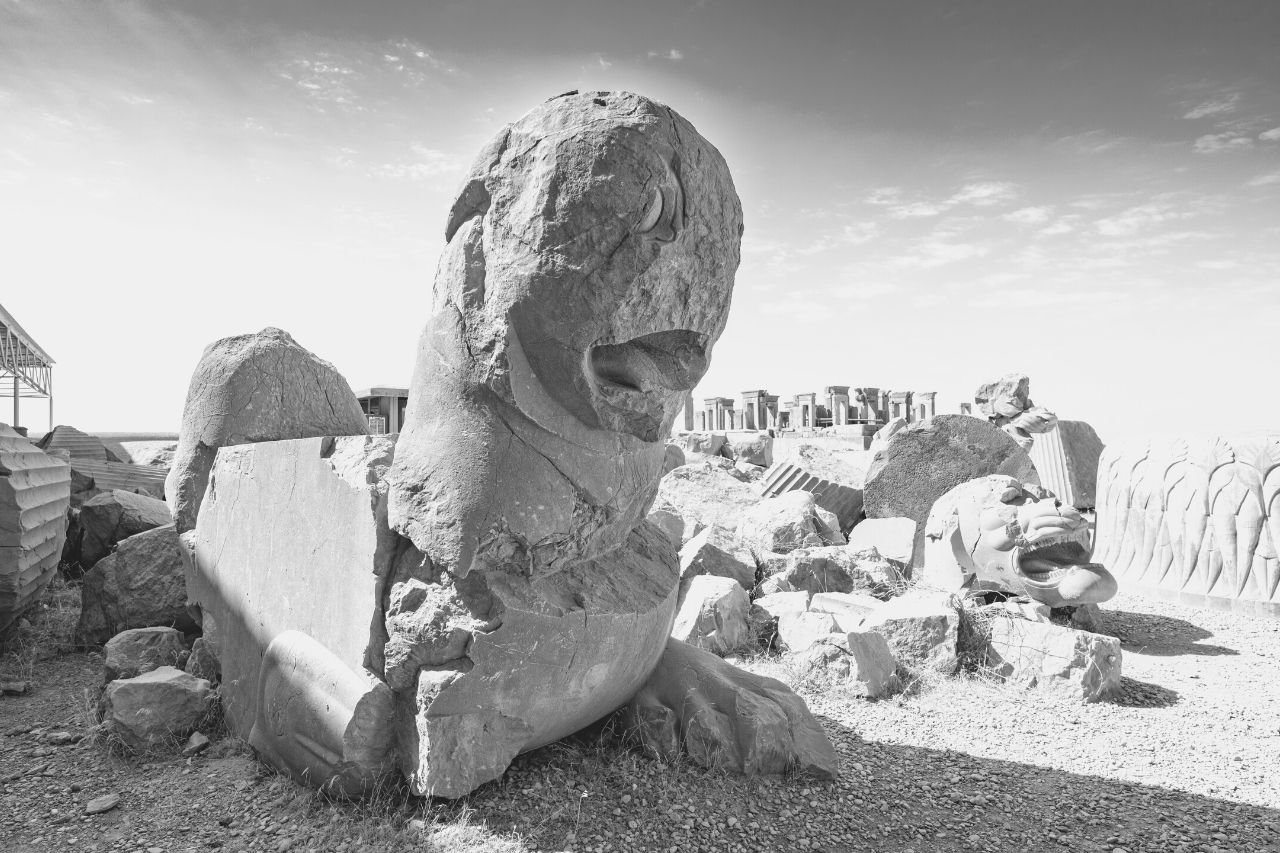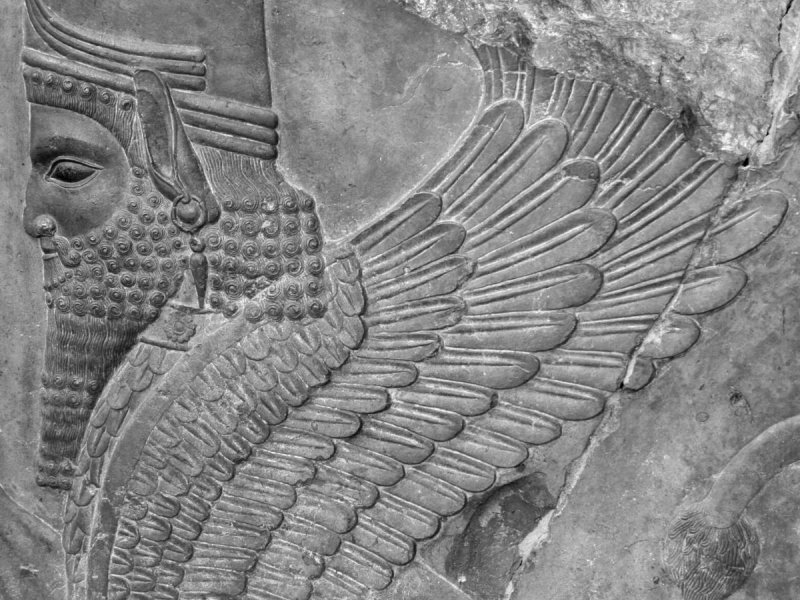What Is One Way That Darius United the Persian Empire?
Darius united the Persian Empire under his reign in 522 BC. Over the 36 years of his reign, King Darius guided Persia to the peak by his judicious implementation of measures and innovations. He is remembered as Darius the Great for such various achievements.
In this article, you will read about the way in which he unified an empire as vast as ancient Persia: using skillful political and economic governance to bring several peoples and territories together.
How Did Darius Change Persia?
Darius established himself as the sole ruler of Persia and reconquered the rebellious regions, growing the Achaemenid Empire to its greatest extent. Partly as a response to the initial challenges that he faced, Darius reorganized the empire by dividing it into satrapies, or provinces. For each satrapy, Darius appointed a satrap — a political governor — and a military commander.
The satraps were responsible only to the king and his council, who oversaw their activities and appointed them. The governors were responsible for internal and external defense and improving the living standards of the people, while they were still allowed to follow their traditional governance model and lifestyle.
The satraps system was the fundamental change of Darius’ reign, as it allowed for smoother administration throughout the empire. This was actualized through the creation of a political structure which gave local people some control over their own government. He used this system of governing to provide secure borders, to have a peaceful confederacy and to collect taxes. He also standardized Aramaic as the official language.
The Division of Political and Military Power
The division of military and political power was meant to prevent regional leaders from becoming too powerful. Unlike the system of local control employed by Cyrus, Darius appointed these satraps directly, meaning that their loyalty was to him.
So, how did Darius of Persia maintain control over his empire? As the man of cautious nature that he was, he established a spy network to ensure that satraps were carrying out his orders and to watch for signs of rebellion. This way, no rebellions succeeded as they were crushed before they could even start.
Religion and Law Under Darius
Under Darius’ rule, Persia went through a large transformation in some aspects of government, improving the legal system by using the Babylonian Hammurabi as a model to design laws and even copying some of his laws completely. These were enforced by the judges of the empire, who needed to be incorruptible, a system which was widely accepted.
Like most ancient rulers, Darius used religion to justify his power. He claimed that the Zoroastrian god, Ahura Mazda, had appointed him to rule the world. To emphasize his power over his appointed satraps, and also to demonstrate that he was ruler of a diverse empire, rather than of a single kingdom or people, he took the title of Shahanshah, King of Kings. The idea here was to avoid the appearance of favoring a particular group or region within the empire.
Economic Reforms in Coinage
In what other ways did Darius improve the Persian government? He was also the mind behind the standardization of the coinage and other aspects of the Persian economy. Thus, the ancient Persian government became the first to use standardized coinage.
By doing this, it gave the entire empire a common currency, which made it easier to undertake trade and commerce. With the ability to standardize commerce, the empire and all its cultures could be brought together easier.
The standard currency, a coin known as a daric, encouraged more economic activity within the empire by making transactions easier. Unlike specific goods and services, money was accepted by almost everyone in exchange for almost anything and was also easier to transport than most goods.
A standardized currency also allowed Darius to collect taxes and tributes in coin rather than in goods or services, which allowed him to concentrate the empire’s wealth where he chose.
The Daric as a Boost for Persia’s Economy at Home and Abroad
To recapitulate, how did king Darius rule the Persian empire in all its vastity? He used the coinage system as a transnational currency to regulate trade and commerce throughout his empire. The daric was also recognized beyond the borders of the empire, in places such as Celtic Central Europe and Eastern Europe.
There were two types of darics, gold daric and silver daric. Only the king could coin gold darics while important generals and satraps coin silver darics, the latter usually to recruit Greek mercenaries in Anatolia.
The daric was a major boost to international trade. Trade goods such as textiles, carpets, tools and metal objects began to travel throughout Asia, Europe and Africa. The daric also improved government revenues as its introduction made it easier to collect new taxes on land, livestock and marketplaces. This led to the registration of land, which was measured and then taxed.
The increased government revenues helped maintain and improve existing infrastructure and helped fund irrigation projects in dry lands. This new tax system also led to the formation of state banking and the creation of banking firms which provided loans and credit to clients. One of the most famous banking firms was Murashu Sons, based in the Babylonian city of Nippur.
Military Campaigns and the Expansion of Persia
During Darius’ reign, the Persian Empire reached its height with military campaigns in Europe, conquering the land to a larger extent to expand his empire. Darius stretched the borders of the empire through military campaigns through Greece to the Indus valley, fighting in battle and conquering land.
A major event in Darius’s life was his expedition to punish Athens and Eretria for their aid in the Ionian Revolt, and consequently subjugate Greece. Although ultimately ending in failure at the Battle of Marathon, Darius succeeded in the re-subjugation of Thrace. The empire gained more area through the conquest of Macedon, the Cyclades and the island of Naxos, as well as great riches with the sacking of the city of Eretria.
Infrastructure: The Building of Cities
Not only proficient in military prowess, Darius also conducted impressive construction projects across the ancient Persia empire. The ability to concentrate wealth, combined with the expansion of the territory under Achaemenid control, allowed Darius to pay for the construction of an impressive new imperial capital, called Parsa, better known to history as Persepolis, which in Greek means city of the Persians.
The city incorporated artistic and architectural styles from throughout the empire and, because it was built in a mountainous region with elaborate defenses, was home to Darius’s imperial vault. The construction of Persepolis represented the growing power of the Achaemenes not only in terms of its art and grandeur, but also because of its location.
Darius chose the site of Persepolis specifically because it was difficult to access. The Achaemenids already had several capital cities, all of which were better placed in terms of accessibility and economic potential. Also, the construction of Persepolis was only possible because of the wealth and power Darius had gained, and he may have built it to emphasize precisely this point.
Besides building an entirely new city, Darius also worked to improve many existing cities with repairs and new constructions. One particularly ambitious project was digging a canal between the Nile River and the Red Sea to make trade easier. All of these improvements were made possible by the increased wealth that came with imperial expansion.
Improved Means of Transportation in Darius’ Persia
In an effort to further improve trade, Darius built canals, underground waterways and a powerful navy. He further improved and expanded the network of roads and way stations throughout the empire. There was a system of travel authorization from the King, satraps and other high officials, which entitled the traveler to draw provisions at daily stopping places.
The Royal Road — a postal system and Phoenician-based commercial shipping highway, running from the city of Sardis in the west to Susa in the east — was completed during Darius’ reign. A system of messengers and horses along the Royal Road allowed for the speedy transmission of information to and from Darius. In an age when overland transport was expensive and dangerous, the road also offered traders a relatively safe and efficient route.
Conclusion
Darius had the Behistun Inscription carved to record his conquests, an important testimony of the Old Persian language. The Behistun Inscription was found along a road between the cities of Ecbatana and Babylon, the capitals of Media and Babylonia, respectively, during the reign of Darius the Great.
The inscription recorded the history of the Persian kings in three languages: Elamite, Babylonian, and Old Persian. Here is what it said:
Darius expanded the empire and introduced reforms such as standard currency and satraps to rule over smaller regions of the empire on his behalf. This made the government of the vast Persian empire much easier.
The new currency, the daric, made administration, taxing and infrastructure building run smoother.
The Persian Empire was expanded via the various military campaigns of Darius to reach Greece on the West and the Indus valley on the East.
The increased wealth and power of the empire allowed Darius to construct a brand new capital city, called Persepolis.
King Darius also improved transport by constructing roads, canals, waterways and other infrastructures.
Trade was also boosted by the Royal Road, an early land-based postal system.
In other words, you can definitely say that King Darius brought greatness and prosperity to the ancient Persian Empire through many ways!













